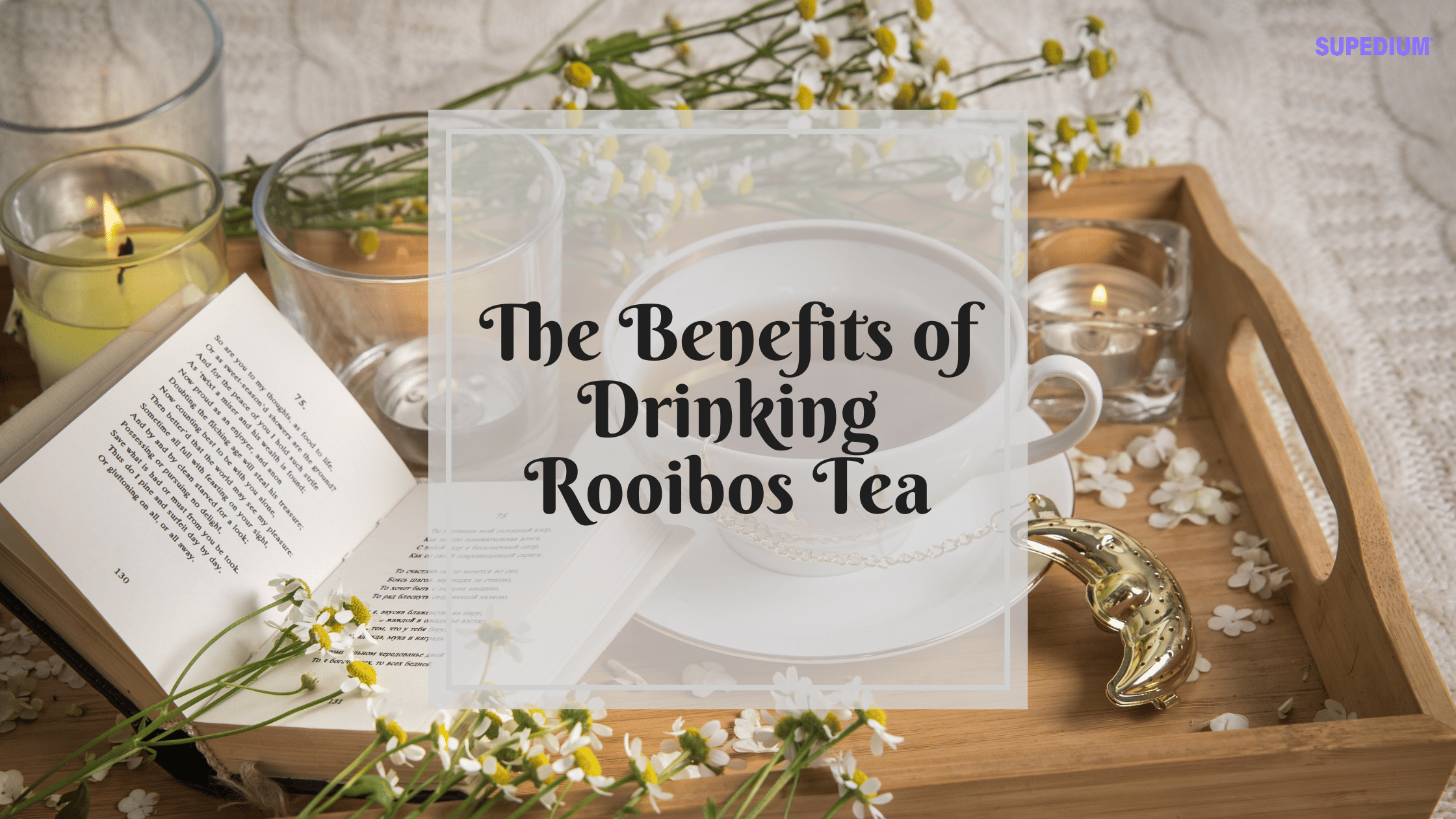Table of Contents
![]()
Yixing: The Clay Teapots of Jiangsu Province
As tea fans drink their way through mythical examples from all over the world, 1 stop across the street through teadom would be to respect, and purchase, the seminal traditional tea boat of southern China, a Yixing (eeching) clay teapot due to their Lung Ching or Keemun or Ti Kuan Yin…
What Are Yixing Pots
To have a look at layouts from centuries is to marvel at today’s styles and the shapes and motifs are as beautiful as they have to have been to the elite and which the layouts are tasteful.
Both prestigious anonymous and artists potters still create Yixing pots in the standard manner, together with the clay thrown innumerable occasions to get rid of air bubbles, then formed by hand or shaped in molds to sleek smooth contours or the ones that suggest lotus blossoms, mythical dragons, funny monkeys; geometric contours plain or festooned with layouts envisioned from the ingenious artisans. Hand often does the strands and stamped with their mark below the lid or around the base of the kettle or, seldom, on the grip.
Zisha clay’s attributes provide stability and flexibility making it the clay for craftsmen to wield into designs and elegant or fanciful shapes with no fear that their layouts will be compromised by shrinkage from firing. This clay has been fashioned into over teapots; it’s employed for construction roofs in jars, cups, bowls, dishes, and tiles. Yixing (pronounced ee-ching) identifies a region that’s roughly 120 km northwest of Shanghai in Jiangsu province that has abundant deposits of an abysmal, 100% non-native clay which the Chinese refer to as zisha for its purple hue that’s quite common in those deposits. Chinese refer to zisha pots to Yixing pots.
Although purple would be the most abundant clay residue can be yellow, green and turquoise. Colors may be accomplished with the inclusion of mineral pigments like mixing oxide to create black oxide using zisha to earn a color. Pots made in the red clay that was cinnabar are known among the Chinese who appreciate the red in their civilization as a popular and zhuni.
The clay creates a distinctive, nearly finish because of its iron content and carries to the kiln. Regardless of the temperatures used to fire the clay (roughly 2192 °F), it remains highly porous, thereby preventing the crystalizing, cracking or melting which occurs with different clays. Water doesn’t float out, temperatures have been kept throughout the brewing process when perhaps water or warm is poured into the kettle, and the clay won’t crack.
How To Buy
Now machines generally make yixing teapots and popular since they mimic layouts and are comparatively inexpensive. Some are not created out of the clay out of Jiangsu state but comparable clays found elsewhere on earth from various other areas in China, Taiwan, as well as the U.S.. They’re a fantastic way to practice drinking and brewing out of a Yixing pot without creating a significant investment, but they may be vulnerable to breaking and breaking due to careless shooting and, naturally, the usage of non-zisha clay may undermine the flavor of this tea brewed inside them. Genuine Yixing clays don’t have arsenic, lead, cadmium or other noxious components. Pots that are inexpensive vary from $10 to $50.
Classic or artisan-made Yixing pots, though made to endure for a long time need to be managed with gentleness. Pots can cost from below one hundred dollars to a few hundred dollars based upon ability and the artist’s reputation and if it’s of classic or museum quality. Work with a dealer when buying a Yixing pot if the trader claims they date from dynasties. People from the Sung Dynasty (960-12379), when she was initially mined near Lake Taihu, are extremely infrequent, little and were mostly owned by the elite.
During Ming Dynasty (1368-1644), the unpretentious yet tasteful designs developed followed with the fanciful decorations for the Qing Dynasty (1644-1011) was noted for centuries, using motifs in nature: plants, tree branches and trunks, insets, birds, stones and flowers, or fluted or ribbed markers or geometric shapes such as cylinders, spheres, cubes, rectangles and factors on these topics. So that you may find the pleasure of those layouts without the cost of a truly antique bud which cost tens of thousands of 45, today producers and from treasure artisans and craftsmen often duplicate designs from these eras.
How To Use
The very first, and foremost, the grade is to choose what tea each bud will be dedicated by you to; not a simple choice! Huge pots are great for blacks or puerhs. These are fantastic with a bunch of buddies or for the kinds of teas. Moderate baskets that brew for two to four folks are great for oolong or blacks. Use two.
Small containers are used for gong fu support also to pour to cups and also to brew greens or oolongs. Pots with cups are very traditional for use from the provinces of Fujian, Canton and throughout South China.
Yixing teapots have to be committed to a single kind of tea each pot since the unglazed clay is very porous, and absorbs the oils and aroma of this tea so much so, after decades of pleasure, a pot supplies a delicate version of the tea if just hot water is left in the pot for many minutes. A Yixing pot has to be experienced before using by putting the sort of tea you wish to utilize, pouring warm water over the surface of the kettle, top to bottom, then inside the kettle thoroughly covering the tea so the water reaches only beneath the lid.
Allow a couple of minutes to sit, then discard liquor and the tea leaves outside. Yes, it looks like a waste of tea, however, this brewing is essential to wash the kettle of any dust and then prepare it to maintain your pick of tea. Rinse the kettle with water and leave upside down to dry out or warm it indoors and outside using a clean cotton fabric committed to this objective. Never use a clean brush rather than use soap.
Share This




Be the first to comment